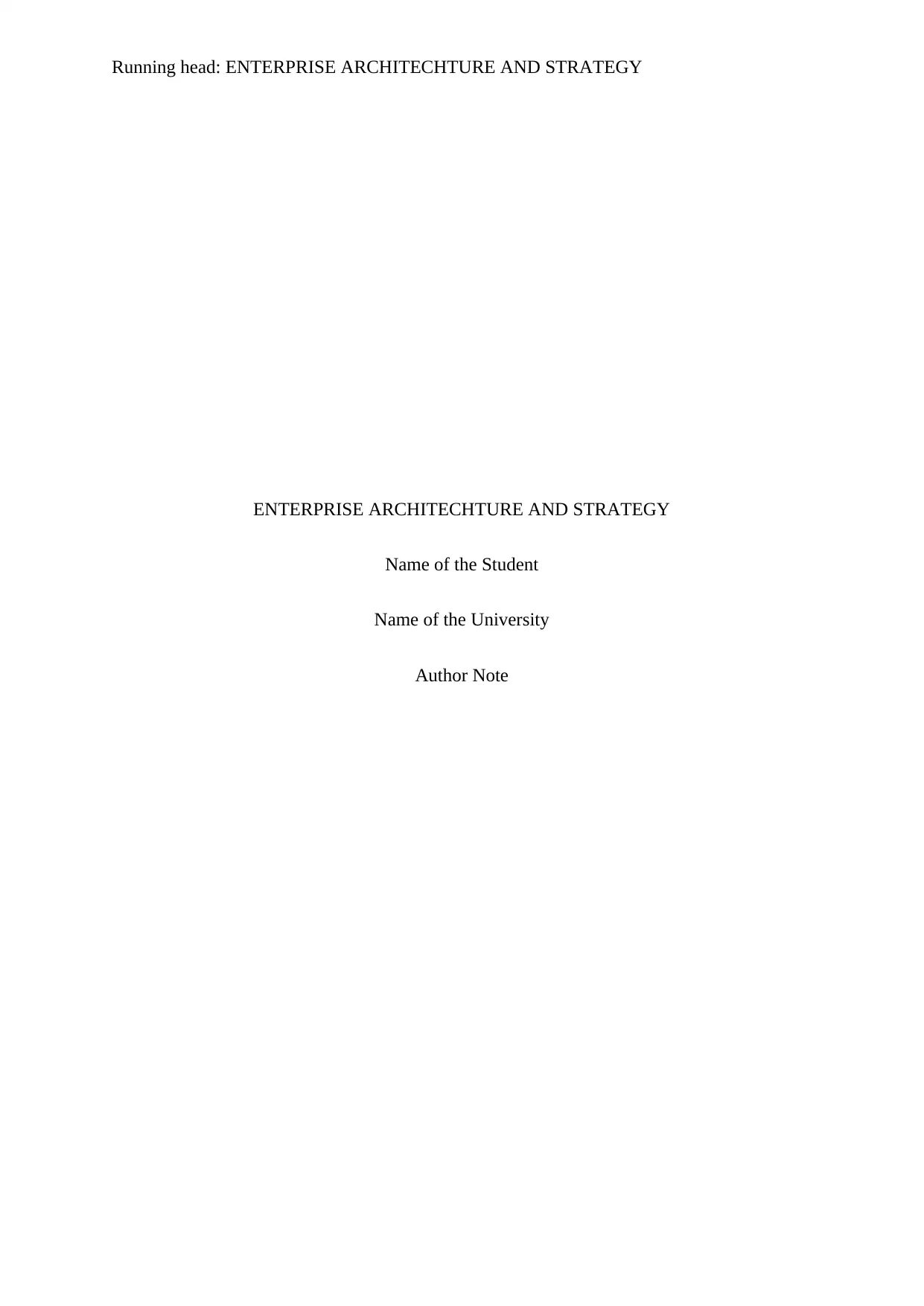Enterprise Architecture and Strategy Report: Analysis and Review
VerifiedAdded on 2023/04/11
|3
|344
|172
Report
AI Summary
This report focuses on Enterprise Architecture and Strategy, starting with an analysis of Porter's Five Forces Model, including the power of suppliers, buyers, threats of substitutes, new entrants, and competitive rivalry. It then discusses the limitations of the model, specifically in the context of multinational and multi-product businesses. The report reviews the literature on virtual reality and its application within the building and civil industries, exploring how VR can add value to construction projects. It provides an overview of the civil and building industry in Australia and applies Porter’s Five Forces Model to this sector. The report concludes by examining the interplay between the building and civil industry and broader environmental forces, culminating in a references and a thank you slide.
1 out of 3









![[object Object]](/_next/static/media/star-bottom.7253800d.svg)